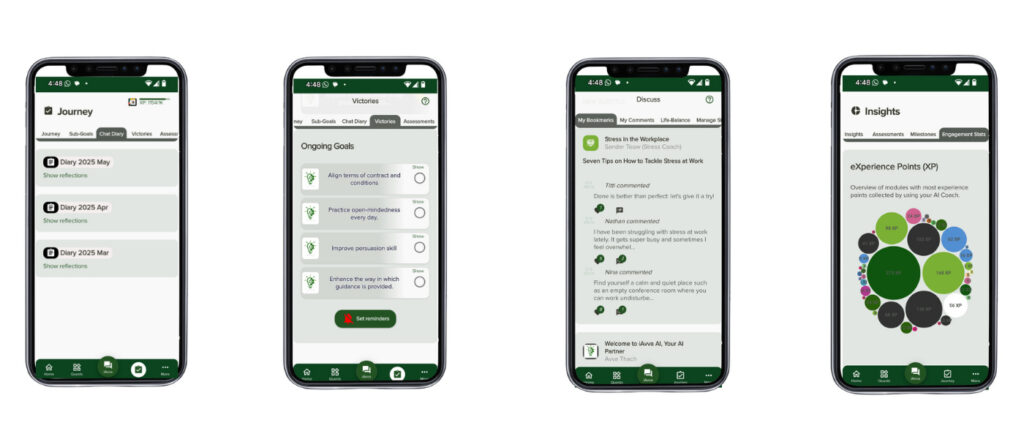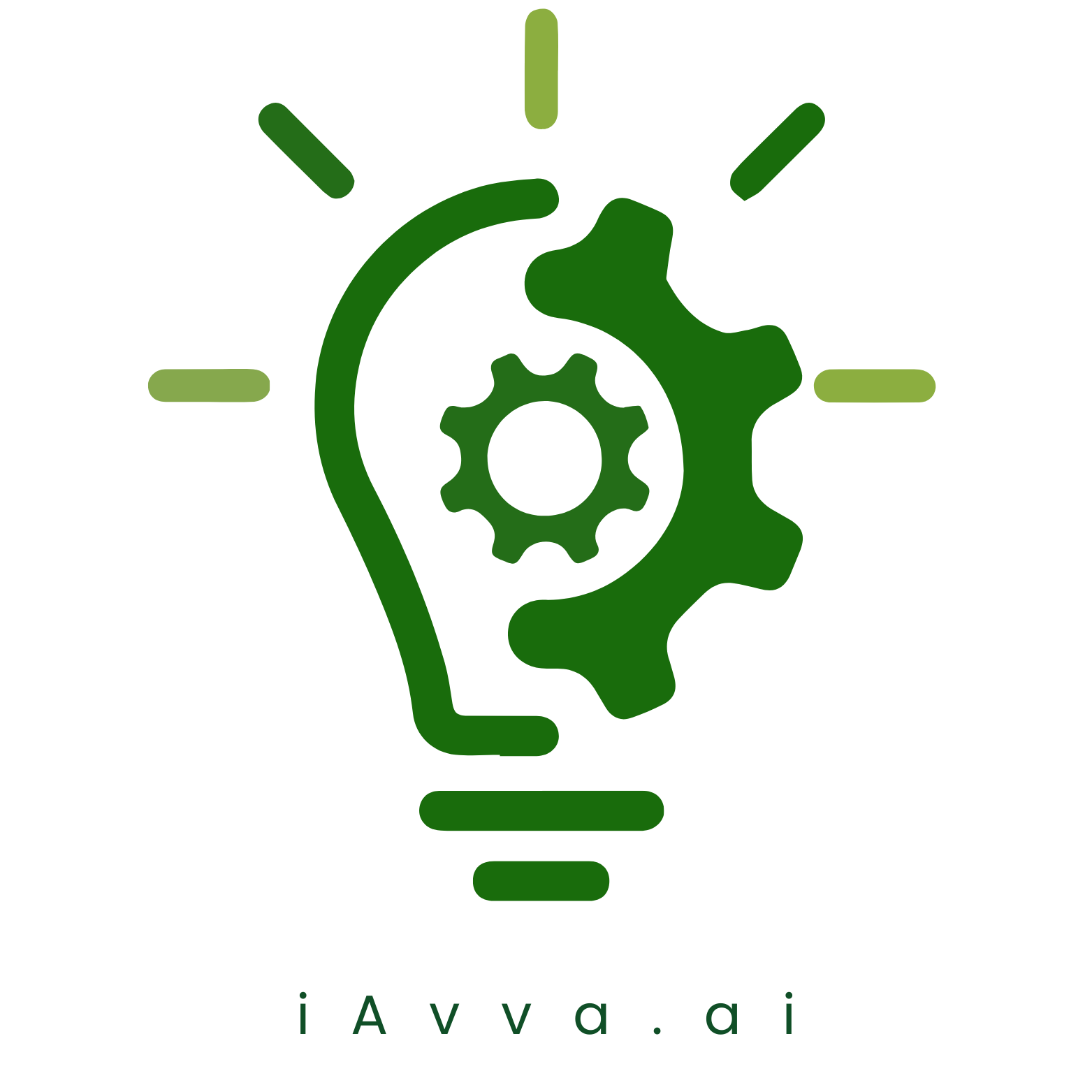Deep learning is a subset of machine learning that has gained significant traction in recent years, primarily due to its ability to process vast amounts of data and extract meaningful patterns. At its core, deep learning mimics the way humans learn, utilizing layered structures known as neural networks to analyze and interpret complex data. This approach allows machines to perform tasks that were once thought to be exclusive to human intelligence, such as recognizing speech, identifying images, and even making decisions based on data analysis.
The rise of deep learning can be attributed to several factors, including the exponential growth of data generated in our digital age and advancements in computational power. With the advent of powerful GPUs and cloud computing, we can now train deep learning models on massive datasets, enabling them to learn from examples rather than relying solely on pre-programmed rules. This shift has opened up new possibilities across various industries, making deep learning a pivotal technology in the modern landscape. For the latest tech gadgets, Visit iAvva Store today.
Key Takeaways
- Deep learning leverages neural networks to model complex patterns in data.
- Training and optimization are crucial for improving deep learning model performance.
- Deep learning has transformative applications in image recognition, NLP, healthcare, finance, and autonomous vehicles.
- Overcoming challenges like data quality and computational demands is essential for advancement.
- Future trends point toward more efficient, interpretable, and widely applicable deep learning technologies.
The Role of Neural Networks
Neural networks are the backbone of deep learning, consisting of interconnected nodes or “neurons” that process information in a manner similar to the human brain. Each neuron receives input, applies a mathematical transformation, and passes the output to subsequent layers of neurons. This hierarchical structure allows neural networks to learn complex representations of data, making them particularly effective for tasks such as image and speech recognition.
The architecture of neural networks can vary significantly depending on the application. For instance, convolutional neural networks (CNNs) are specifically designed for processing grid-like data, such as images, while recurrent neural networks (RNNs) excel in handling sequential data, like time series or natural language. By leveraging these specialized architectures, we can enhance the performance of deep learning models and tailor them to specific tasks, ultimately leading to more accurate predictions and insights.
Training Deep Learning Models

Training deep learning models involves feeding them large amounts of labeled data so they can learn to make predictions or classifications. This process typically consists of several stages, including data preprocessing, model selection, training, and evaluation. During training, the model adjusts its internal parameters based on the input data and the corresponding output labels, minimizing the difference between its predictions and the actual results.
One critical aspect of training is the use of optimization algorithms, which help fine-tune the model’s parameters to improve its performance. Techniques such as stochastic gradient descent (SGD) and Adam are commonly employed to update weights iteratively based on the error calculated during each training iteration.
Optimizing Deep Learning Algorithms
Optimizing deep learning algorithms is essential for enhancing their efficiency and effectiveness. As models grow in complexity, they require more computational resources and time for training. Therefore, we must explore various strategies to streamline this process without sacrificing performance.
One approach is hyperparameter tuning, where we systematically adjust parameters such as learning rate, batch size, and network architecture to find the optimal configuration for a given task. Another optimization technique involves leveraging transfer learning, which allows us to take a pre-trained model and fine-tune it for a specific application. This method significantly reduces training time and resource consumption while still achieving high accuracy.
Additionally, techniques like pruning and quantization can be employed to reduce model size and improve inference speed without compromising performance. By focusing on these optimization strategies, we can make deep learning more accessible and practical for real-world applications.
Application of Deep Learning in Image Recognition
| Metric | Description | Typical Range / Value | Importance |
|---|---|---|---|
| Number of Layers | Count of hidden layers in a deep learning model | 5 – 100+ | Higher layers can capture more complex features |
| Parameters | Total trainable weights in the model | Thousands to billions | More parameters can improve capacity but risk overfitting |
| Training Time | Time taken to train the model on a dataset | Minutes to weeks | Depends on model size and hardware |
| Accuracy | Percentage of correct predictions on test data | 50% – 99%+ | Key metric for model performance |
| Loss | Value of the loss function during training | Varies by task and loss type | Lower loss indicates better model fit |
| Batch Size | Number of samples processed before model update | 16 – 1024+ | Affects training stability and speed |
| Learning Rate | Step size for weight updates during training | 0.0001 – 0.1 | Critical for convergence and performance |
| Epochs | Number of complete passes through the training dataset | 10 – 1000+ | More epochs can improve learning but risk overfitting |
| Dropout Rate | Fraction of neurons randomly ignored during training | 0.1 – 0.5 | Helps prevent overfitting |
| Activation Functions | Functions applied to neurons’ outputs | ReLU, Sigmoid, Tanh, etc. | Influences model’s ability to learn complex patterns |
Deep learning has revolutionized image recognition by enabling machines to identify and classify objects within images with remarkable accuracy. Convolutional neural networks (CNNs) have become the standard architecture for this task due to their ability to capture spatial hierarchies in visual data. By applying filters at various layers, CNNs can detect edges, textures, and more complex features as they progress through the network.
The applications of deep learning in image recognition are vast and varied. From facial recognition systems used in security and surveillance to automated tagging in social media platforms, deep learning has transformed how we interact with visual content. Moreover, industries such as retail leverage image recognition for inventory management and customer insights, while healthcare utilizes it for diagnostic purposes by analyzing medical images like X-rays and MRIs.
The potential for innovation in this area continues to grow as we refine our models and expand their capabilities.
Deep Learning in Natural Language Processing

Natural language processing (NLP) is another domain where deep learning has made significant strides. Traditional NLP techniques often relied on rule-based systems or shallow machine learning models that struggled with the complexities of human language. However, deep learning has introduced powerful architectures like recurrent neural networks (RNNs) and transformers that excel at understanding context and semantics.
These advancements have led to remarkable applications in NLP, including machine translation, sentiment analysis, and chatbots. For instance, transformer models like BERT and GPT-3 have set new benchmarks in language understanding tasks by leveraging attention mechanisms that allow them to focus on relevant parts of text while processing information. As we continue to refine these models and explore new architectures, the potential for deep learning in NLP will only expand further.
Deep Learning in Healthcare
The healthcare industry stands to benefit immensely from deep learning technologies.
For example, deep learning algorithms can identify patterns in medical images that may be indicative of diseases such as cancer or diabetic retinopathy.
Moreover, predictive analytics powered by deep learning can enhance patient care by forecasting disease outbreaks or predicting patient outcomes based on historical data. This capability allows healthcare providers to allocate resources more effectively and tailor treatment plans to individual patients’ needs. As we continue to integrate deep learning into healthcare systems, we can expect improved diagnostics, personalized medicine, and ultimately better patient outcomes.
Deep Learning in Finance
In the finance sector, deep learning is transforming how organizations analyze data and make decisions. Financial institutions are increasingly leveraging deep learning algorithms for tasks such as fraud detection, algorithmic trading, and credit scoring. By analyzing transaction patterns and customer behavior, these models can identify anomalies that may indicate fraudulent activity with greater accuracy than traditional methods.
Additionally, deep learning enables financial analysts to process vast amounts of market data quickly, allowing them to make informed trading decisions based on real-time insights. The ability to predict market trends using historical data enhances strategic planning and risk management for financial institutions. As we continue to harness the power of deep learning in finance, we can expect more efficient operations and improved financial services for consumers.
Deep Learning in Autonomous Vehicles
The development of autonomous vehicles represents one of the most exciting applications of deep learning technology. Self-driving cars rely on a combination of sensors, cameras, and deep learning algorithms to navigate complex environments safely. Convolutional neural networks play a crucial role in processing visual data from cameras, enabling vehicles to recognize objects such as pedestrians, traffic signs, and other vehicles.
Moreover, deep reinforcement learning techniques allow autonomous vehicles to learn from their experiences by simulating various driving scenarios. This iterative process helps improve decision-making capabilities over time as vehicles adapt to different conditions and environments. As we continue to refine these technologies and address safety concerns, the future of transportation will undoubtedly be shaped by deep learning innovations.
Overcoming Challenges in Deep Learning
Despite its many advantages, deep learning also presents several challenges that must be addressed for widespread adoption. One significant hurdle is the need for large amounts of labeled data for training models effectively. In many cases, acquiring high-quality labeled datasets can be time-consuming and expensive.
To mitigate this issue, researchers are exploring techniques such as semi-supervised learning and synthetic data generation. Another challenge lies in the interpretability of deep learning models. As these models become increasingly complex, understanding their decision-making processes becomes more difficult.
This lack of transparency can hinder trust among stakeholders and limit their adoption in critical applications like healthcare or finance. Developing methods for model interpretability will be essential for ensuring that deep learning technologies are embraced across various industries.
Future Trends in Deep Learning
Looking ahead, several trends are poised to shape the future of deep learning. One notable direction is the continued integration of deep learning with other emerging technologies such as edge computing and quantum computing. By processing data closer to its source through edge devices, we can reduce latency and improve real-time decision-making capabilities.
Additionally, advancements in unsupervised and self-supervised learning will enable models to learn from unstructured data without extensive labeling efforts. This shift could democratize access to deep learning technologies across industries with limited resources for data annotation. As we explore these trends and push the boundaries of what is possible with deep learning, we will undoubtedly witness transformative changes across various sectors that will redefine how we work and live.
Deep learning has become a pivotal technology in the field of artificial intelligence, enabling significant advancements across various industries. For those interested in understanding how to effectively implement AI strategies in their organizations, the article on






















Leave a Reply